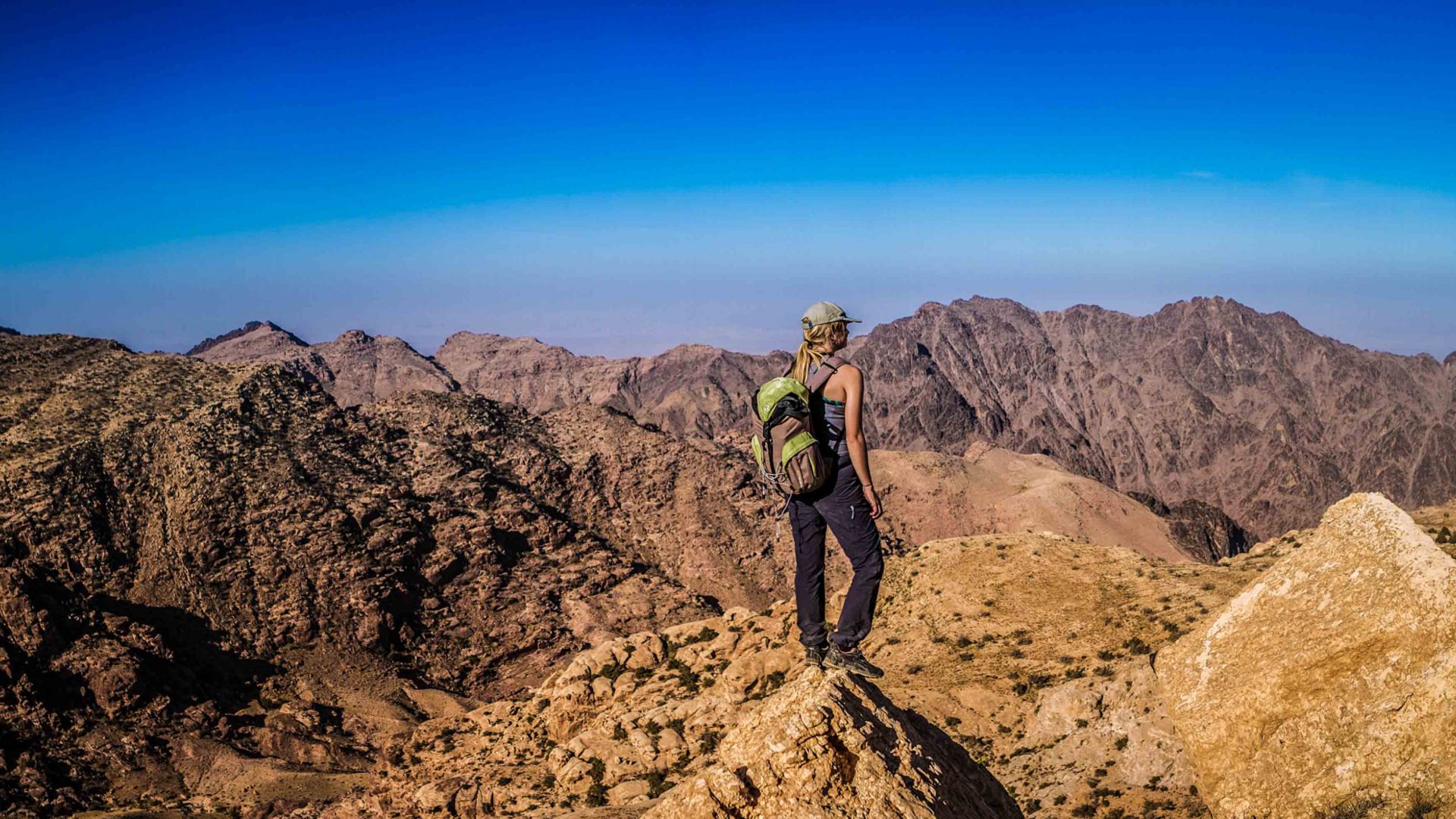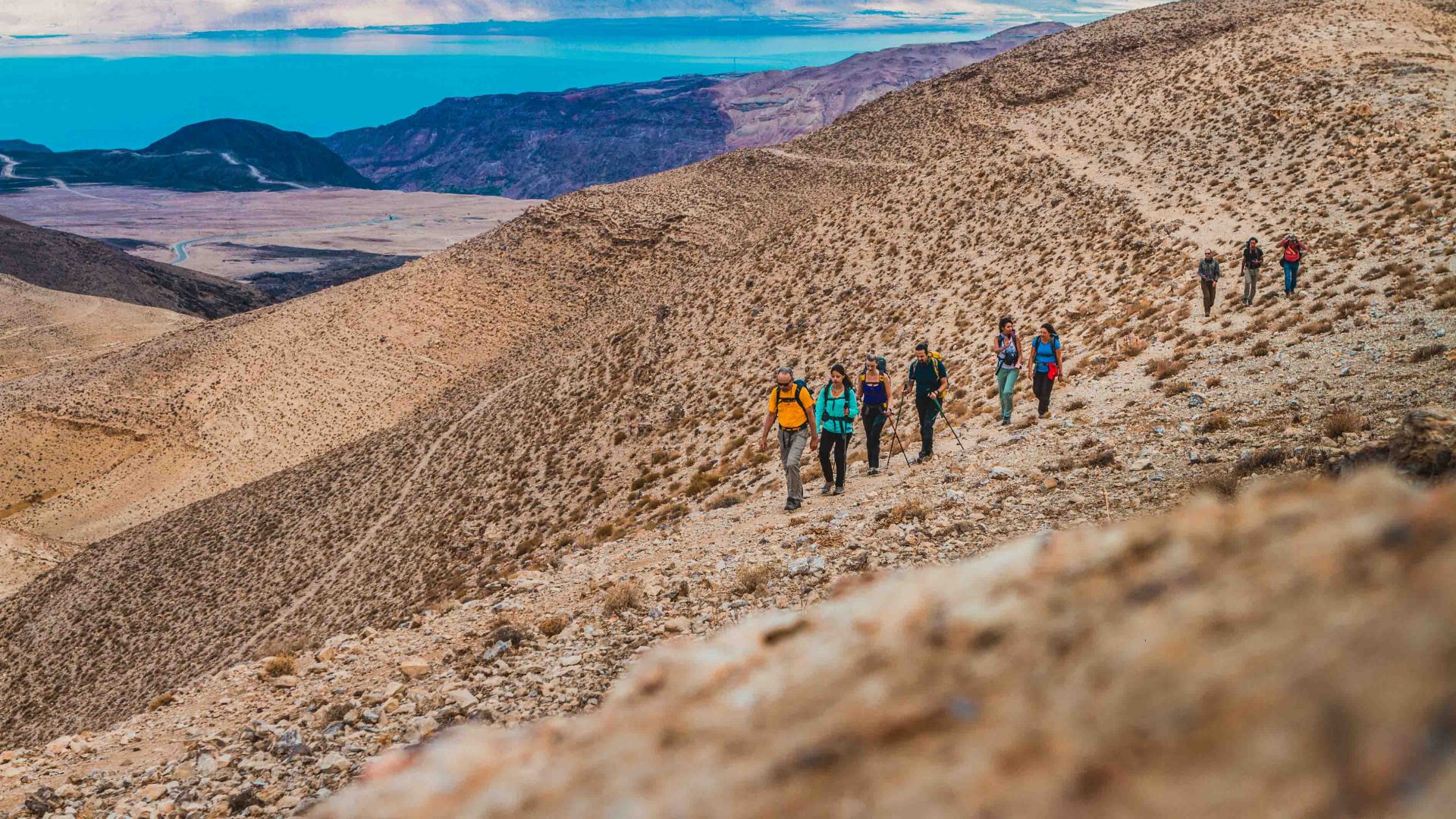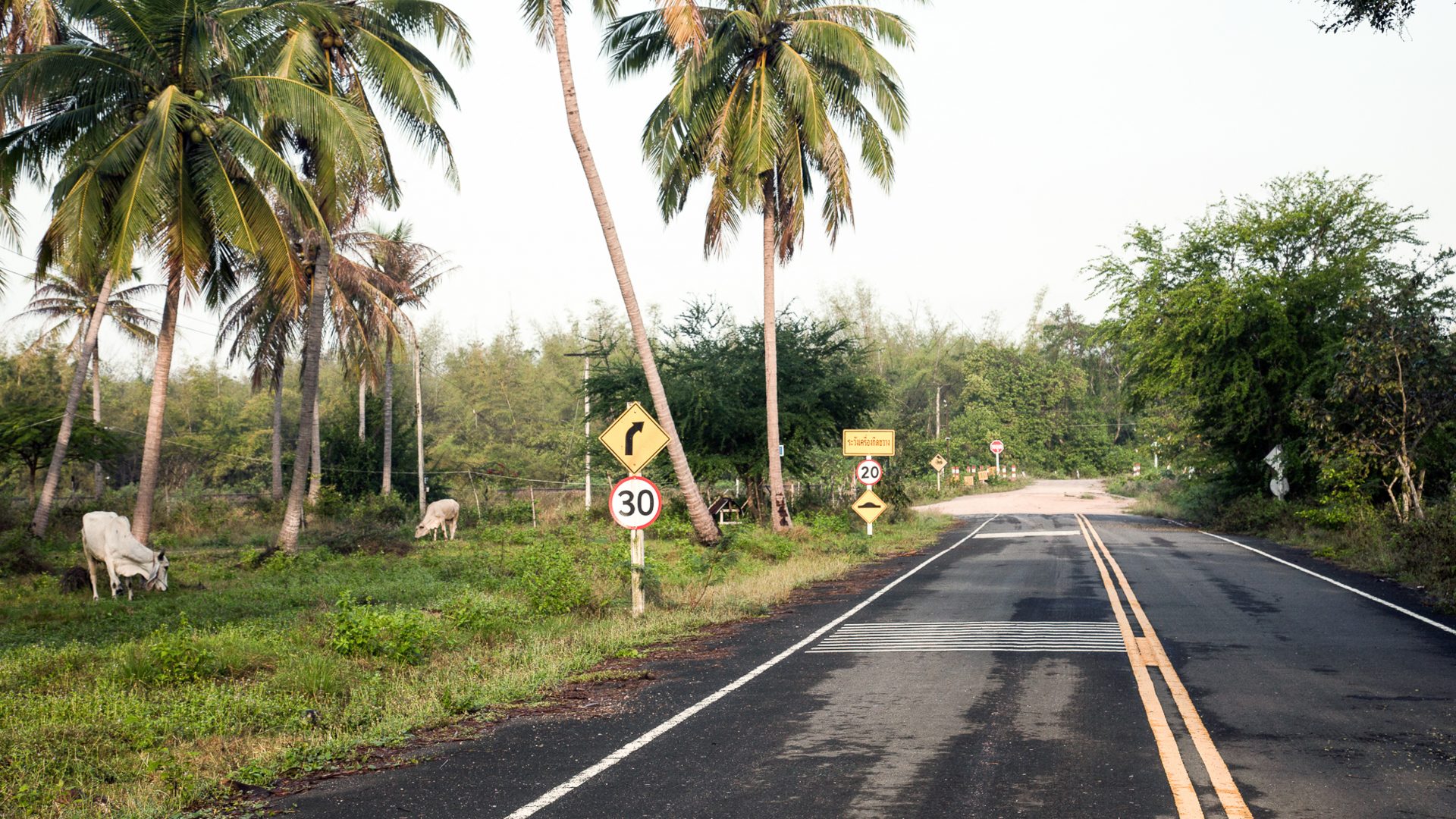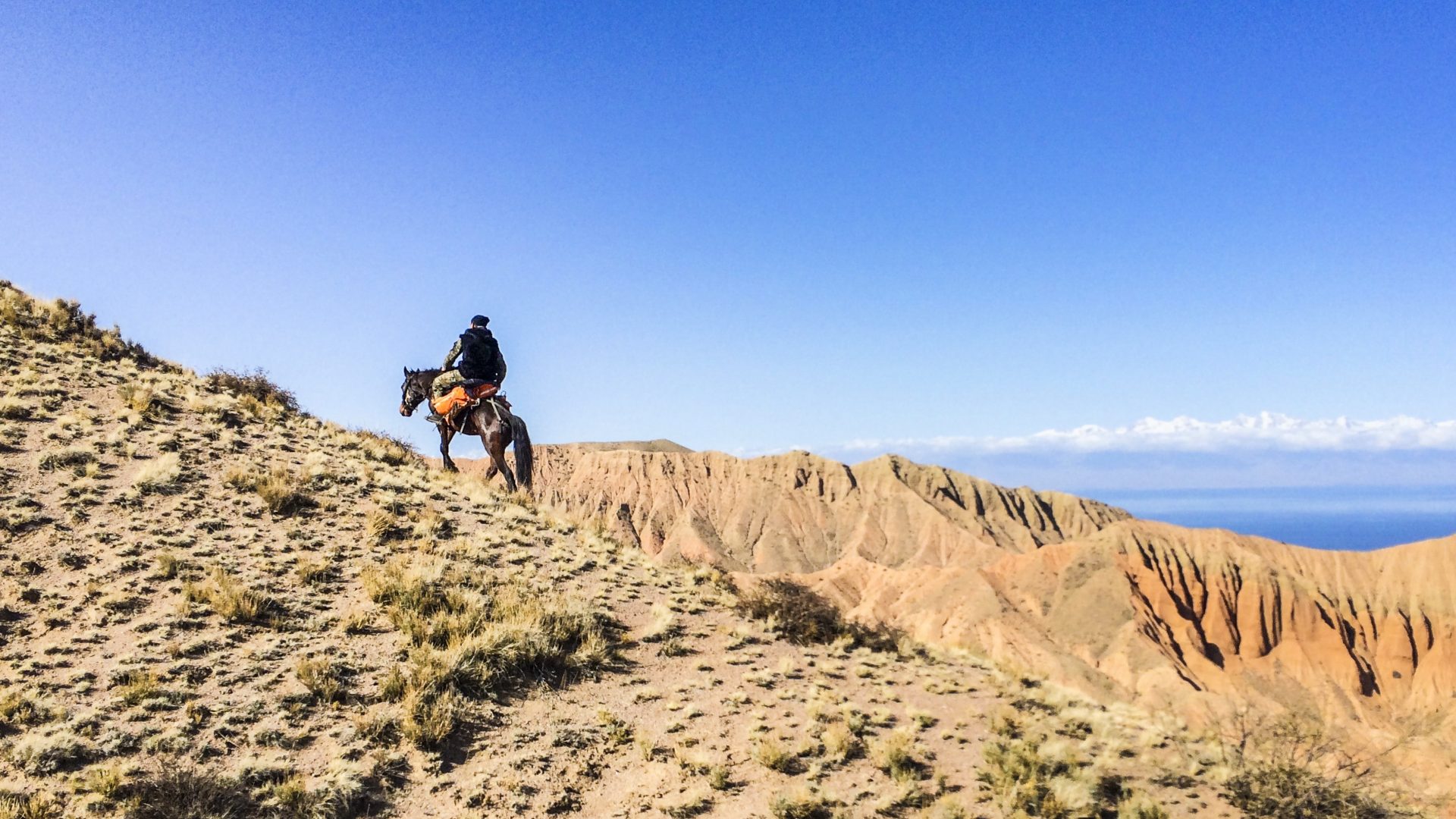Billed as the ‘Inca Trail of the Middle East’, travelers can now trek from north to south Jordan on the 400-mile Jordan Trail, thanks to the efforts of local hiking groups, volunteers, Bedouin tribes, grants and donations.
Earlier this year, Jordan announced its first long-distance hiking trail. An epic 400-mile route dubbed—rather predictably—the Jordan Trail, it runs from Um Qais in the north to Aqaba on the Red Sea coastline, taking in 52 villages en route, as well as the UNESCO-listed city of Petra and Wadi Rum valley.
Billed as the ‘Inca Trail of the Middle East’, the Jordan Trail is expected to shake up travelers’ impressions of Jordan, which have been greatly affected by the country’s proximity to neighboring Iraq, Syria, Israel and Saudi Arabia.
At the recent AdventureNext travel conference in Jordan, Malia Asfour, director of the Jordan Tourism Board in the US, was keen to point out that Jordan is “an oasis of peace in a noisy neighborhood.”
This was echoed by Muna Haddad, President of the Jordan Trail Association, who believes “the Jordan Trail is what the Middle East needs: a tourism experience that allows its visitors to get to know the genuine kindness and hospitality of a place that has been misrepresented in the media.”
RELATED: What I learnt on a 300km walk through the Australian desert
The 40-day hike retraces Roman roads and, in part, the historical King’s Highway—an ancient trading route mentioned in the Bible that ran from Egypt to Syria via Aqaba. This was the route the Nabataeans—the architects responsible for Petra—used on their travels to exchange frankincense and other spices.















